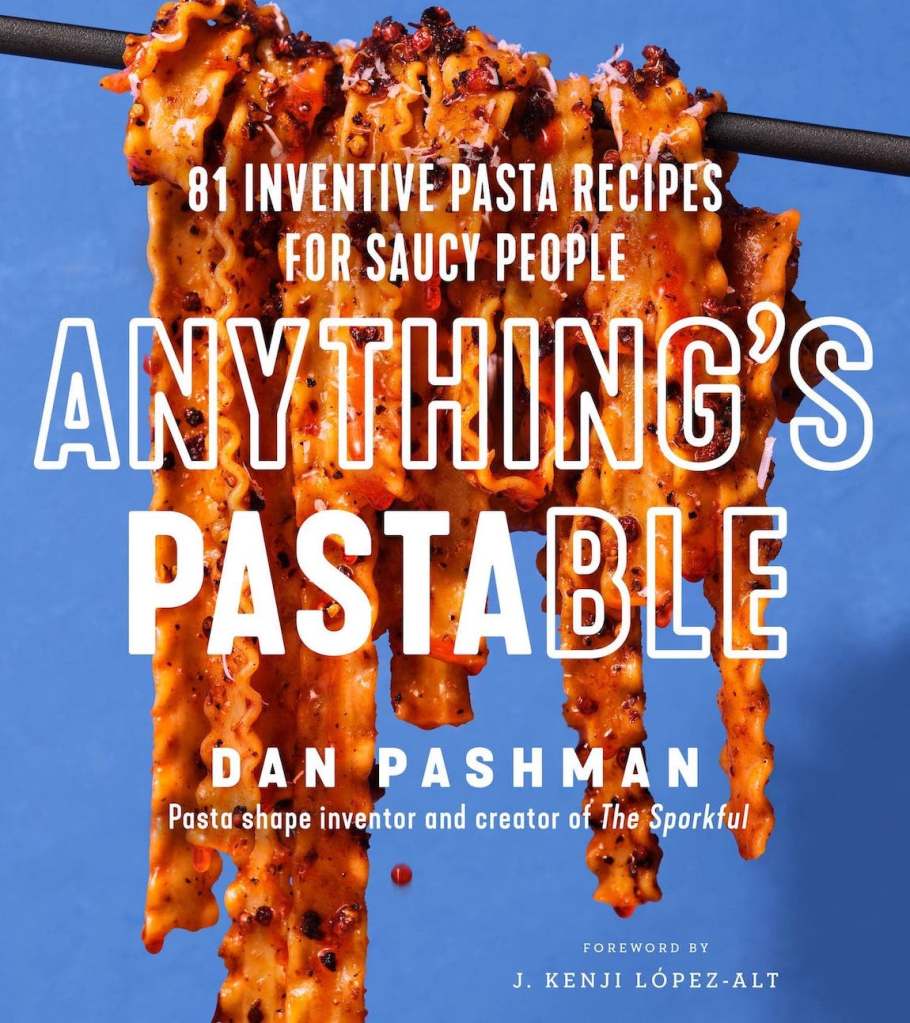I love salads but I’m so lazy/utilitarian about them. I just don’t keep enough “stuff” on hand to make them very interesting, and I’m too cheap to go out for salad. But even as I say this, I’m always trying to do better about eating my vegetables, so I was definitely interested in “Salad Meals: Salads to feed body, soul, and friends” by Emily Ezekiel when it was released just last month.

The book is sectioned by season. And each season includes a sharing platter recipe, a salad in a jar recipe, and fruit salad. Some of the fruit salads are more like yogurt bowls, but I’m ok with that (I eat a LOT of yogurt). To finish, the last chapter of the book is “dressings, pickles, toppers, and oils.” It should also be noted that, though these are all salad recipes, they are not all vegetarian or vegan recipes. Some recipes have fish, meat, or poultry.
While I may try to cook my way through this book one day, here are some that I thought were eye-catching:
- Rhubarb and citrus salad with a quick granola topper,
- Steak frites salad with Dijon dressing,
- Roast beet salad with labneh, soft boiled eggs and dukkah,
- Rhubarb and potato bake with watercress and cheddar,
- Charred zucchini salad with mozzarella and fregola,
- Corn and orecchiette salad with cherry tomatoes and ricotta,
- Grilled fruit salad with arugula, almonds, and pickled chiles,
- Cherry and jalapeno salad with Israeli couscous,
- Indian-style chaat salad with cilantro and tamarind sauces,
- Summer fruit salad with a coffee mascarpone,
- Apple and pear salad with whipped ricotta,
- Roasted fall fruit salad with a spiced oat crumb,
- Poached chicken salad with scallions and rice,
- Winter soba noodle salad with miso and lime dressing,
- Chamomile fruit salad with mascarpone,
- Winter poke bowl with sweet potato and garlic greens
- Green goddess jalapeno dressing
- Za’atar dressing
Since it’s spring where I am, I picked two recipes from the Spring chapter to explore. The first one I made was the peppers and bean salad with anchovies. This one did not require me to make a component from another chapter. It’s made with red bell peppers, garlic, olive oil, paprika, sherry wine vinegar, cannellini beans, anchovies (packed in oil), lemon zest (optional), parsley, salt and pepper. I made a shopping mistake and didn’t have the cannellini beans so I swapped with an equal amount of chickpeas. Next time, I will use the cannellini beans because I realized that, more or less, I’ve had the chickpea version before. Overall, I enjoyed this salad, and remembered how much I like the combination of olive oil, garlic, paprika, and bell pepper. But I will make some minor changes next time. The first change will be to reduce the amount of bell peppers. The ingredient list asks for 6 bell peppers but the recipe only serves 2. I ended up using 5 and still think the ratio was off. My salad per serving had very few legumes in it, while the book photo shows mostly beans and a smaller amount of bell peppers. I suppose that the bell peppers could be at the bottom of the bowl in the photo but 3 bell peppers per person is a lot for a serving.
The other thing I would change is topping the salad with anchovies. While I have nothing against anchovies, it was weird to me to just have them as garnish. It was too salty and too “fishy” this way. When I ate the leftovers, I intentionally mixed the anchovies into the dressing and found that to be better balance of flavors. I did skip the lemon zest but I’m wishing that I had it for an extra layer of flavor.
The second recipe I made was for a mushroom and kale salad with a poached egg. This one uses shallots, white vinegar, butter, olive oil, mushrooms, garlic, eggs, lemon, red chile, kale, parsley, and some grated Parmesan. You mix the shallots and vinegar first, and set aside. Then you cook the mushrooms in butter and olive oil, adding some garlic, and finishing with lemon zest and chile. Separately, you poach an egg. Once all the components are done, you toss the mushrooms with the kale and parsley. The salad is finished with the egg, shallots, and cheese.
Overall, I really enjoyed the flavors of this salad. The downside is that it took me longer than I thought it was going to. Even though I read the recipe ahead, it didn’t really occur to me that I was going to use multiple dishes to prep the components. But more importantly, would I make this again? Yes. It’s also very easy to do more as a meal prep item. I can imagine swapping the poached egg for soft boiled eggs so that you can have it ready ahead of time.
As summer approaches sooner rather than later, I really want to make all the fruit salad recipes. I’ll make it a goal to do so (feel free to follow my IG for updates – shameless plug, I know). This is all to say that I think this is a wonderful collection of recipes. Are you looking to eat healthier? Try this book! Do you love salads? Try this book!
Disclaimer – I kindly received a copy of this book from Hardie Grant North America for this review. I’m not getting paid for this post. The views and opinions expressed are purely my own. This cookbook is available for purchase from your favorite bookshops.
Reference Links:









